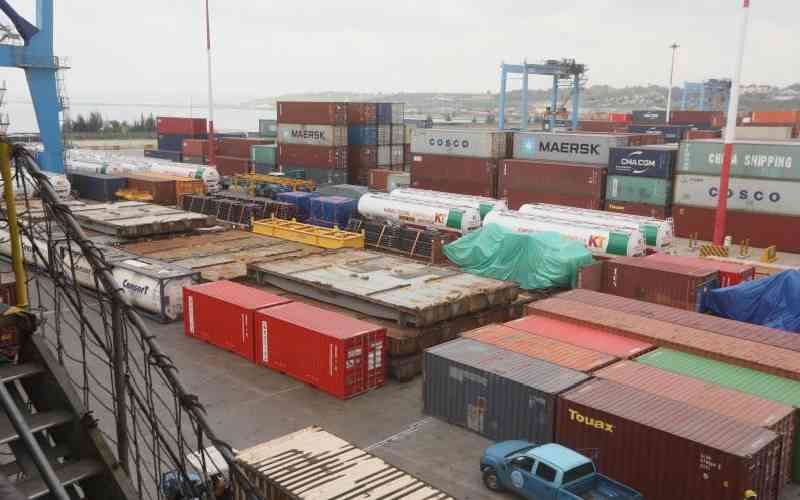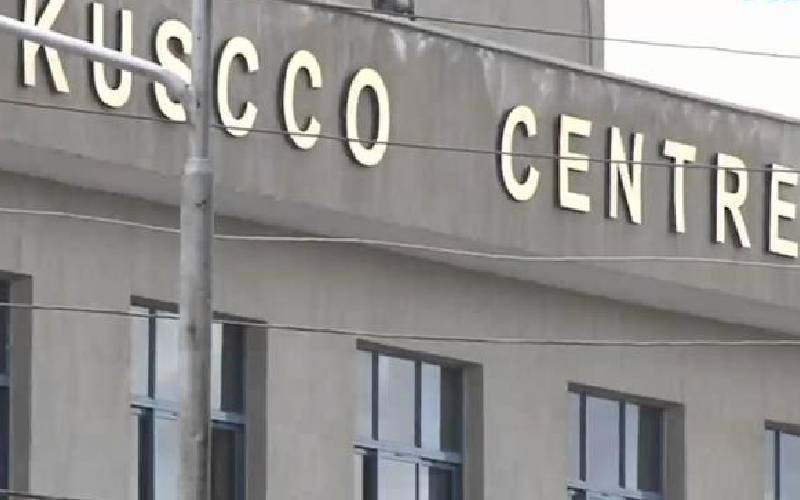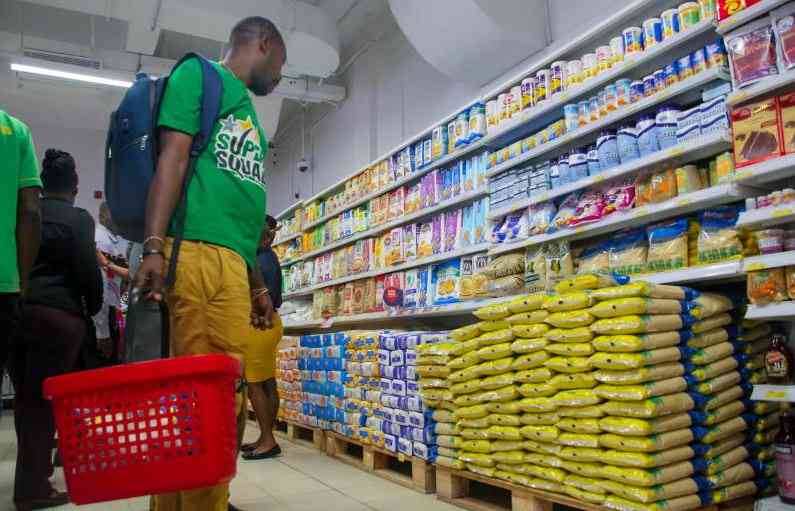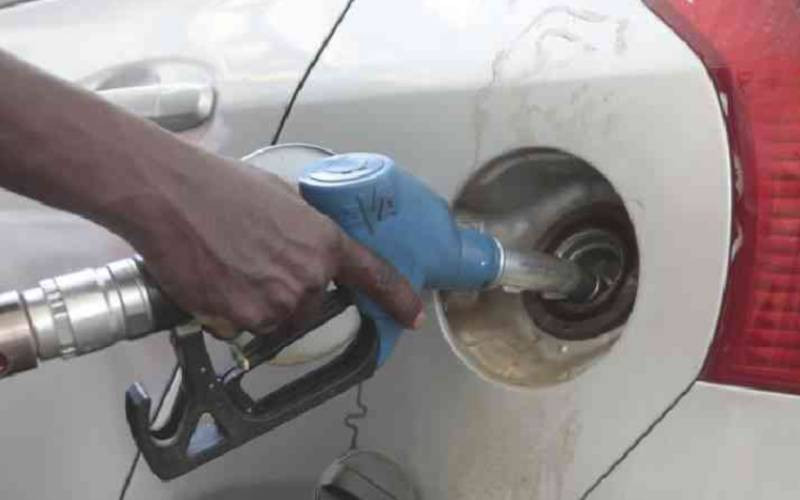
Traders at the port of Mombasa have been caught in the crossfire of escalating trade wars between the United States and China as costs rise.
The Kenya Ships Agents Association (KSAA) says that the ripple effects of the tariff wars between the world’s two superpowers have not spared East Africa.
“The region, which relies heavily on both Western and Asian markets for exports and imports, is grappling with indirect consequences, including rising import costs, volatile foreign exchange rates, and diminishing global demand for goods,” KSAA said.
The association noted that while the spotlight remains on the economic superpowers, the East African Community has found itself unexpectedly caught in the crossfire.
The US administration under President Donald Trump imposed steep import tariffs on major trade partners, including China, Canada and the European Union, while the other countries, including China, swiftly raised their tariffs on US imports from 84 per cent to 125 per cent in retaliation.
A KSAA newsletter, released by the chief executive officer, Elijah Mbaru, warns that the tit-for-tat trade measures have triggered widespread supply chain adjustments and left financial markets on edge with each new policy announcement.
Mbaru said the Kenya Association of Manufacturers has raised concerns about the sector’s ability to maintain its export volumes in the face of rising production costs and diminishing competitiveness in the US market.
The lobby, which represents ship agents and shipping lines operating in the country, noted that Kenya’s textile and apparel industry, a flagship beneficiary of the African Growth and Opportunity Act, is now bracing for a severe downturn.
“As a result, US buyers may increasingly turn to alternative suppliers in Asia or Latin America, potentially leading to a decline in order volumes and the closure of factories in Kenya,” KSAA warned.
KSAA also observed that Kenya’s horticultural exports, especially flowers and fresh produce to Europe, are facing growing challenges due to disrupted logistics, shifting demand, and stricter EU regulations.
Increased compliance costs from tighter non-tariff barriers, such as stricter pest control and pesticide rules, have put pressure on exporters.







